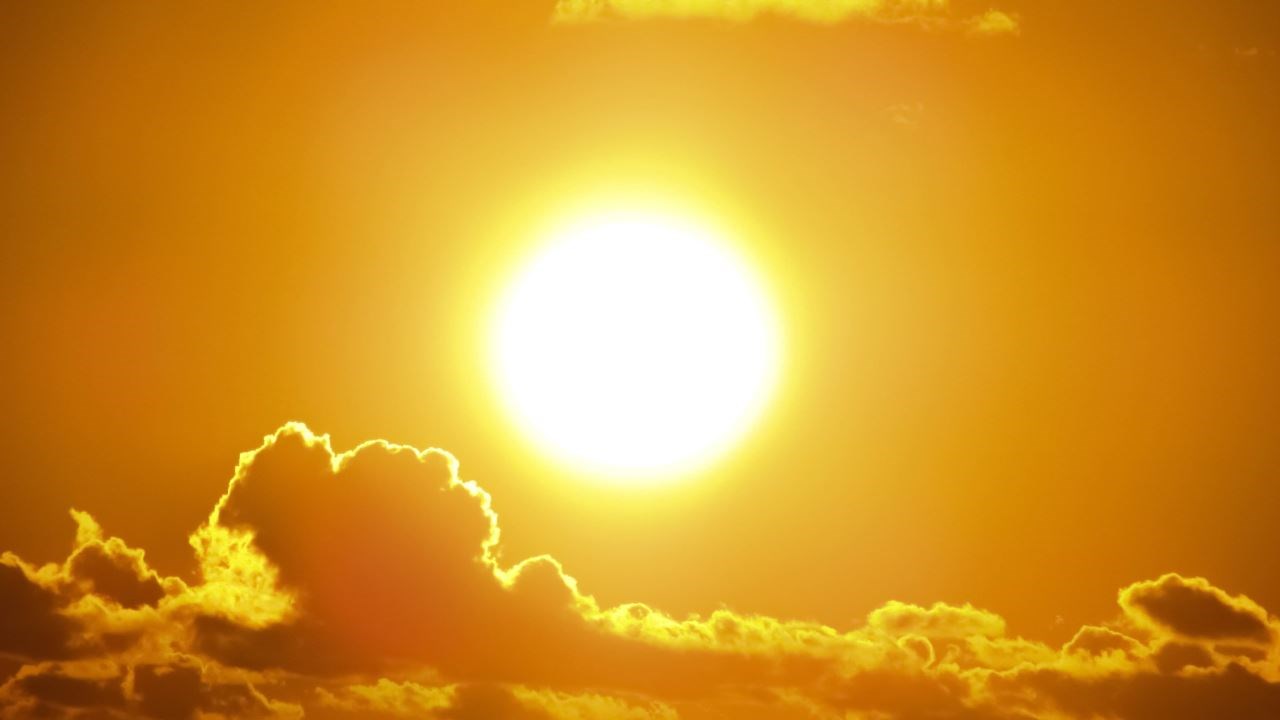With global warming and increasing hot summers, heat stress in cows is becoming a bigger issue that needs to be addressed for dairy farmers. Even though the weather is cooling, this is a subject that will need attention every year.
At Douglas Green, we work with dairy farmers to address issues such as heat stress and, based on our experience and expertise, here are some insights and tips from your favourite dairy farm consultancy.
In this article, we will discuss the impact of heat stress, and what you can do to avoid the risks associated with heat stress.
Effects of heat stress for dairy herds
Heat stress is a major issue for dairy cows, and it can lead to death or reproductive issues in calves, decreased milk production by as much as 20%, and reduced fertility.
The effects vary from animal to animal and on their genetics, lactation status, and other factors such as age, but most cows are at their healthiest and in their “comfort zone” up to a temperature of +25°C.
The effects of heat stress on milk production
Dairy cows are primarily milk producers, and their productivity depends on the number of lactations they have. When the outside temperature exceeds 30°C, it becomes harder for them to produce milk.
This is because the hot weather increases their metabolic rate, which in turn increases their body temperature and moisture loss from the skin. As a result, they become stressed and stop producing milk.
Here are some other potential effects of heat stress in cattle:
- Reduced feed intake
- Reduced water intake
- Reduced milk production
- Decreased fat content in milk
Cows will also show signs of suffering from heat stress, potentially by having an Increased incidence of mastitis (inflammation) in the udders as well as redness of the skin and, in some cases impaired vision.
Reducing the risk of heat stress in cattle
Trying to avoid hot summers can be a challenge. Even as humans, we find it difficult to stay cool when the UK hits record temperatures. There are, however, a few things that you can do to improve the conditions for your cattle.
Disperse the heat away from the cattle
Keeping air flowing and dispersing the build-up of heat is important. Using fans is also recommended when the cattle are inside as well as making sure any doors, windows or other openings are kept open to allow air to flow through.
Protecting cows from the sun
Shelters are a great way to protect cattle so long as they continue to allow air to flow. Barns can also quite often provide a cooler temperature, away from the sun.
When grazing, the more shade from trees that there is the better, although this can be a challenge in an open field. In this case, the temporary installation of fences and any other large objects (including unused trailers or machinery) can be a great way to create shady areas during hotter days.
Keep cows fed and watered
Healthy cows are more likely to cope with hot temperatures, so make sure that they are fed and watered properly. Make water available at all times so that they can stay hydrated.
Summary
Heat stress in cows is becoming a bigger issue for UK farmers. At Douglas Green, we are a fully independent dairy farm consultancy with many years of experience supporting dairy farmers with challenges such as heat stress in cows and milk production.
If you would like to discuss how to prepare your dairy farm for future summers, get in touch with our farm consultants. We would be happy to have a chat.



